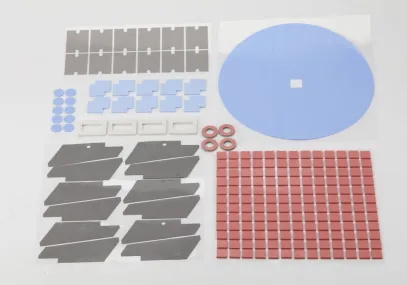Dielectric aging refers to the phenomenon that the electrical properties and mechanical properties of the dielectric gradually deteriorate with time in the long-term operation. The main aging forms are electrical aging, thermal aging, and environmental aging.
(1) Electrical aging. It is more common in high-voltage electrical appliances. The main reason for this is the partial discharge of insulating materials under high voltage.
(2) Thermal aging. It is more common in low-voltage electrical appliances, and its mechanism is that under the action of temperature. The internal components of the insulating material oxidize, crack, and degrade, and hydrolyze with water to gradually lose the insulation performance.
(3) Environmental aging. Also known as atmospheric aging, it is a polluting chemical aging caused by ultraviolet, ozone, salt spray, acid and alkali and other factors. among them. Ultraviolet rays are the main factor. Ozone is generated by corona or partial discharge of electrical equipment.

Once the insulation material has aged, its insulation performance is usually not recoverable. The following methods are commonly used in engineering to prevent the deterioration of the thermal insulating materials.
(1) Add anti-aging agent in the process of making insulating materials.
(2) Ultraviolet absorbers can be added for outdoor insulation materials, or the sun can be isolated with a barrier.
(3) Insulating materials used in hot and humid areas can be added with anti-fungal agents.
(4) Strengthen the measures to prevent partial corona and partial discharge of electrical equipment.

 English
English
 usheenthermal
usheenthermal



